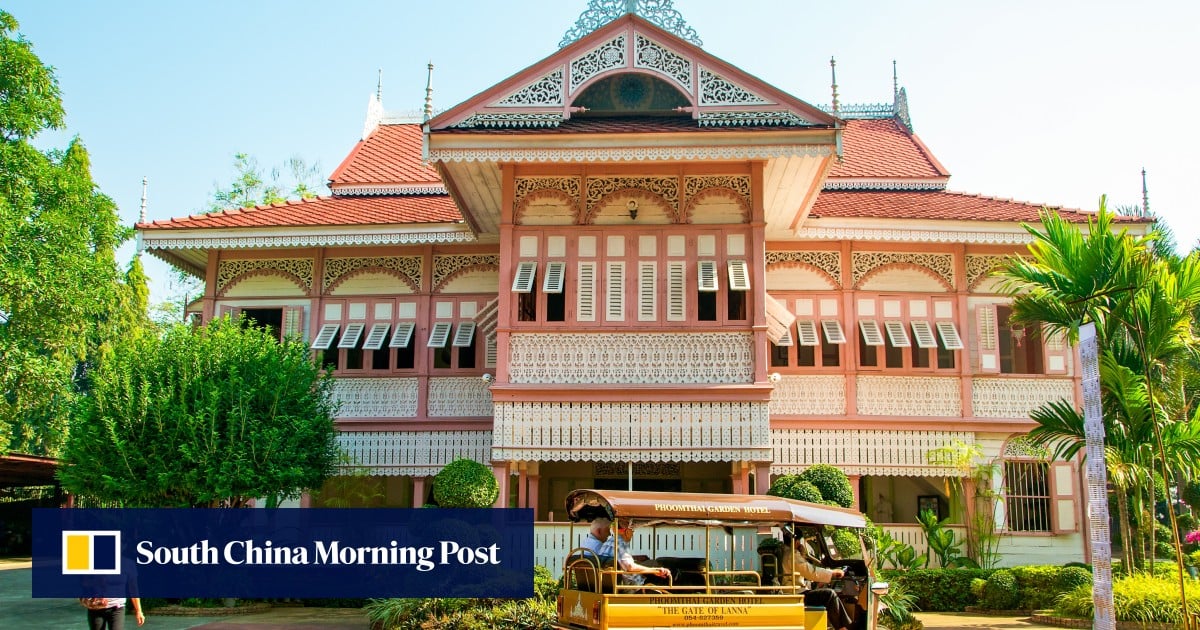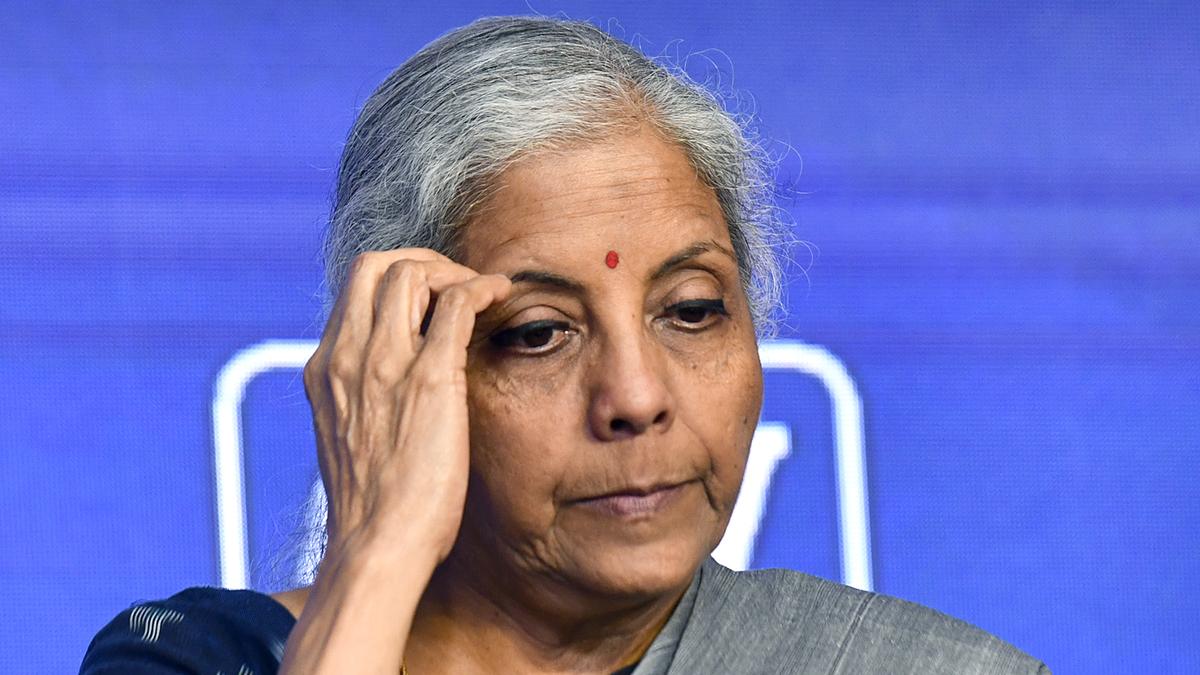Phrae functioned as a semi-independent kingdom ruled by a succession of sovereigns until the late 19th century, when it came under the growing influence of Siam. Its population is an ethnic mix that includes Tai Lue – who migrated there from Yunnan province, in China – Kayin and Shan, who came from Burma at the end of the 19th century to fell trees in the nearby teak forests.
Phrae’s old town, which is shaped like a conch and is only a couple of square kilometres, is surrounded by an earthen wall, which can be climbed for views across the town.
Among the old town’s several teak mansions is Khum Chao Luang (admission free). Built in 1892, this was the residence of Phrae’s last independent ruler, Chao Luang Piriya Theppawong (1836-1912), whose statue stands proudly in front of the two-storey building with pale-green gables and window frames.
The interior is furnished in 19th-century style, with family photographs on the wall, a table laid for dinner and beds ready to be slept in.
Seeing Bangkok’s canals on a boat powered by solar energy shows its potential
Seeing Bangkok’s canals on a boat powered by solar energy shows its potential
In contrast to Khum Chao Luang, the pink and white exterior of the Khum Vongburi Museum (admission 30 baht/US$0.83), housed in a wooden mansion constructed in 1897, makes it stand out from the surrounding vegetation. This was also once the home of local rulers, although it is now privately owned.
The period furnishings include canopy beds and a wind-up gramophone, and it is easy to imagine its former occupants enjoying evening cocktails in its shady corners.
Both houses were built in a style known as “gingerbread”, which refers to the elaborate carvings on the doors, windows, gables and eaves.
“Gingerbread trim not only serves a beautiful aesthetic function, but also lets in fresh breezes to ventilate the property, which is a great design for a hot and humid country like Thailand,” says Shinnaworn Chompupan, co-founder of the Phrae Architectural Heritage Club.
The gingerbread style is enjoying a wave of renewed popularity, and both houses are familiar to fans of Thai television period dramas.

Among the several eye-catching temples in the old town is Wat Luang, the oldest, dating back to the city’s founding in the ninth century. Its vintage is shared by the crumbling city gate.
Wat Luang has a very old Lanna-style stupa – hexagonal, with seven levels and Buddhas in niches – as well as a tiny bot (ordination hall) with low-slung eaves, a colourful scripture library and a small museum that contains ancient Buddha statues and other carvings.
A block to the west, Wat Phra Non is relatively young – just 300 years old – and its bright gold and red paint make it photogenic. It houses a scripture library on stilts and the large reclining Buddha that gives the temple its name (phra means “monk” or “Buddha”, non means “reclining”).
Light enters the building in which the image is housed through narrowly spaced slits in the wall, a typical feature of Lanna-style temples.
During the teak boom (late 18th to early 19th century), some Shan traders used their earnings to build Burmese-style temples. Their legacy survives in Wat Chom Sawan and Wat Sa Bo Kaew, which are just outside the old town walls.

The most distinctive features of these two temples are ornate, multitiered roofs that soar skywards, and the Buddha images that take pride of place in each are also fashioned in the Burmese style.
Just off Yantrakit Koson Road, the main road through the new town, stands Chompooming Market, where friendly vendors keep up constant banter over displays of red ants’ eggs, curry pastes and rice noodles.
Those ingredients and others – whipped up into dishes such as papaya salad and pork crackling – are best enjoyed at the food stalls set up each evening at the night market beside Pratu Chai, the east gate to the old town.
Mo hom shirts and tie-dye T-shirts are produced in workshops in villages such as Ban Pa Ngiam, about 3km east of Phrae and easily reached by bicycle or, if you don’t want to do the peddling yourself, samlor tricycle.


In the workshops, you can watch the dyeing process, or even make your own tie-dye creation by scrunching up a T-shirt and tying it with rubber bands, then dipping it into the indigo liquid (using protective gloves) and finally hanging it out to dry.
Before long, you’ll have your very own DIY souvenir.







